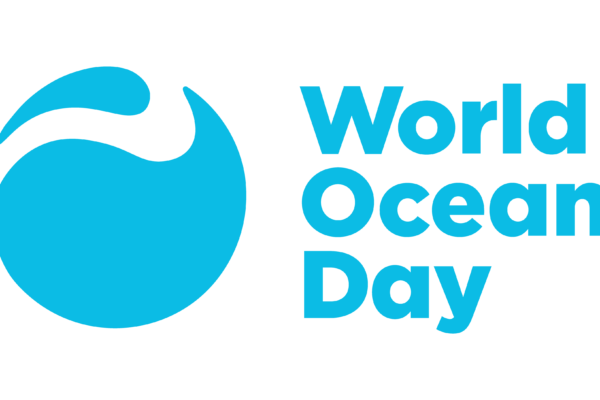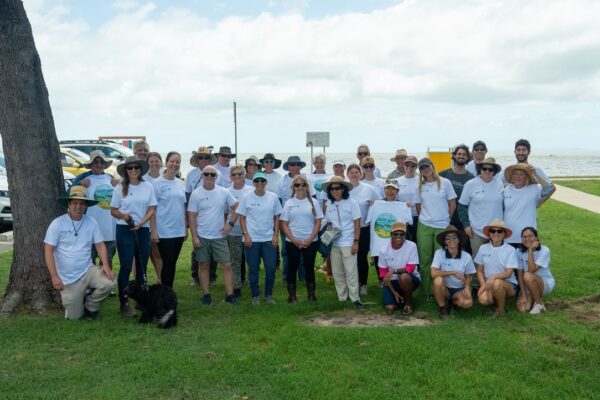This is a cross-post from the World Oceans Day blog; part II in our series of posts about World Oceans Day events at zoos, aquariums, museums, and other visitor-serving organizations. Thanks to Lindzy Bivings of California Academy of Sciences for her insight and time editing this post.
One of our partners provides a great example of a daring – but informed – charge into making "asks." California Academy of Sciences' Institute on Conservation Education & Sustainability (ICES) program, led by Lindzy Bivings, has taken an exciting approach to experimenting with developing and deploying conservation asks.
ICES recently completed a 12-week pilot of their professional learning program, which is exploratory and collaborative. Educators at the facility focused on learning what they could from the literature on best practices in the field, then worked together to develop conservation education goals, and entered a rapid prototyping process where they quickly evaluated and altered on-the-ground tactics in response to interactions with guests. By working together, and being undeterred by the lack of a concrete framework, the participants made some great discoveries about what contributes to an effective ask.
Lessons Learned
Here are some tips shared by Lindzy Bivings which may assist you in making your own asks:
1. Do separate formative assessments to get a sense of visitors’ current knowledge and engagement. This will help identify what the visitors already know about an issue, and what they perceive as barriers and benefits to an action.
2. One-on-one or small group asks work best. A one-size-fits-all approach often doesn’t work, so have a few ways for people to quickly take action few asks up your sleeves so you can customize the solution as much as possible.
3.) Focus special events and asks on specific populations. Lindzy says: “For example, if we’re working with residents from San Francisco, we very rarely talk about plastic bag issues, because we have a plastic bag ban in the city. Likewise, if its folks from our Bayview District, we don’t spend too much time on how to use the city’s composting system because the housing projects in that area don’t get composting bins.”
4.) Allow visitors to participate in developing the ask, and making the commitment that’s right for their level of engagement/ability. When visitors partially persuade themselves, they are more likely to follow through. The ICES program was fairly large, about 20 educators participated in their pilot program, but the lessons they’ve learned are also applicable on a smaller scale. By treating making asks as an experimental learning process, institutions can begin a low-investment exploration into making high-impact asks in the future.
5.) Use cardboard and duct tape. Don’t be a perfectionist at first. There’s nothing more disappointing than spending hours upon hours on something only to discover that it doesn’t work. Exhibit developers know this, and so should educators. For help, check out Office Supply Ninja.
Further reading: Be sure to check out The Ocean Project’s series on asking visitors to act for conservation by Douglas Meyer, and feel free to contact us for more information.



